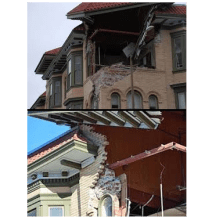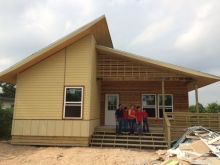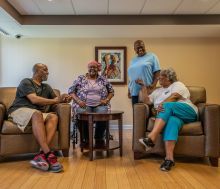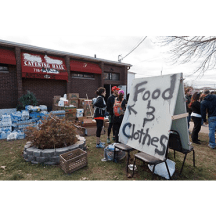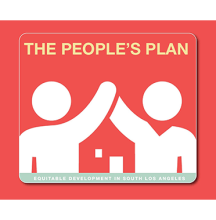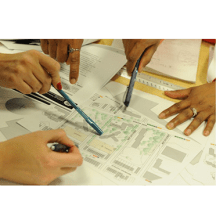Mitigating and Preparing for Earthquakes
Earthquakes are caused by the release of energy accumulated within or along the edges of the earth’s tectonic plates where seismic waves radiate around the origin epicenter and cause the ground to shake. Learn about the risks, impacts, and actions the communities can take to mitigate and prepare for earthquakes.
